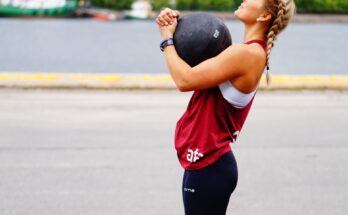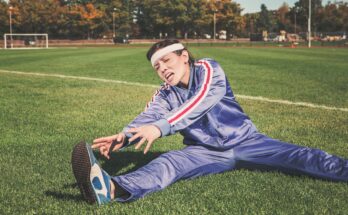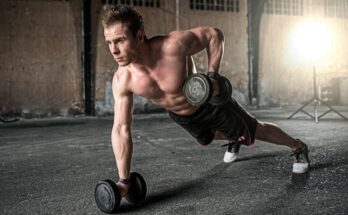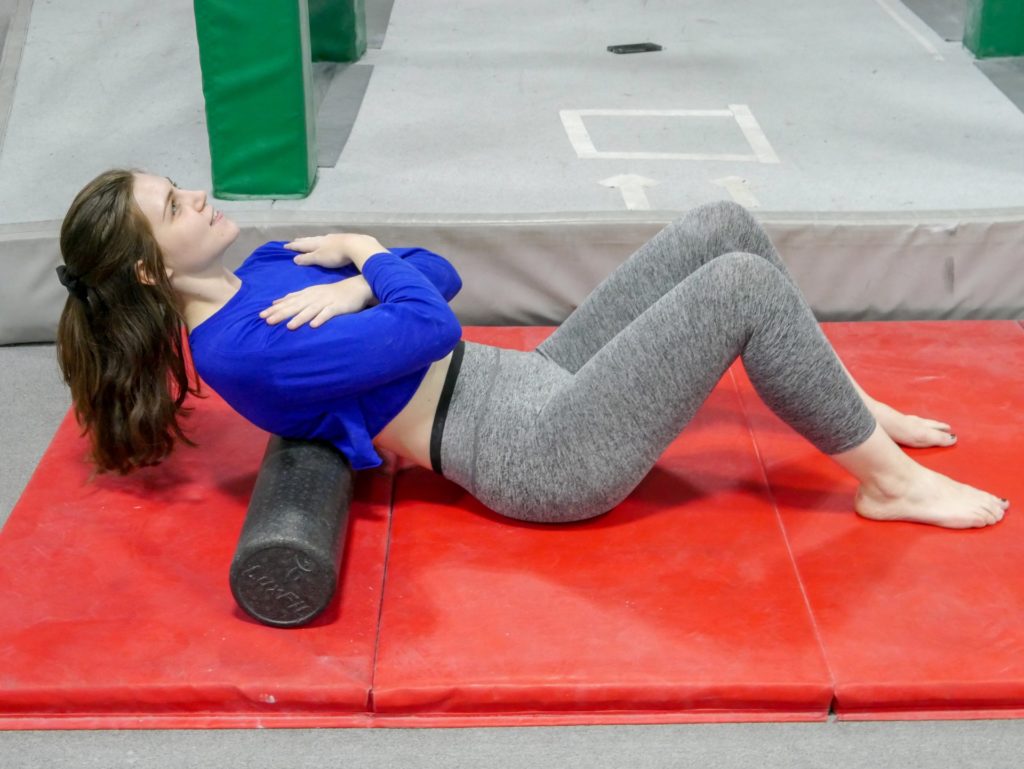
Foam rolling has become a popular modality with the exercise and fitness community, but it is often performed incorrectly and misunderstood. There are a lot of claims about the benefits of foam rolling that aren’t really backed by research and information. That doesn’t mean these claims aren’t true, but it could be the research and data hasn’t caught up to the anecdotal evidence.
Foam rolling, also known as Self Myofascial Release (SMR) is a muscle massage technique that supposedly has several benefits.
From what research we currently have, it seems we can draw a few conclusions:
- Foam rolling temporarily increases range of motion (ROM)
- Foam rolling can decrease muscle soreness (DOMS)
- Foam rolling does not seem to negatively affect muscle performance.
Increasing joint ROM
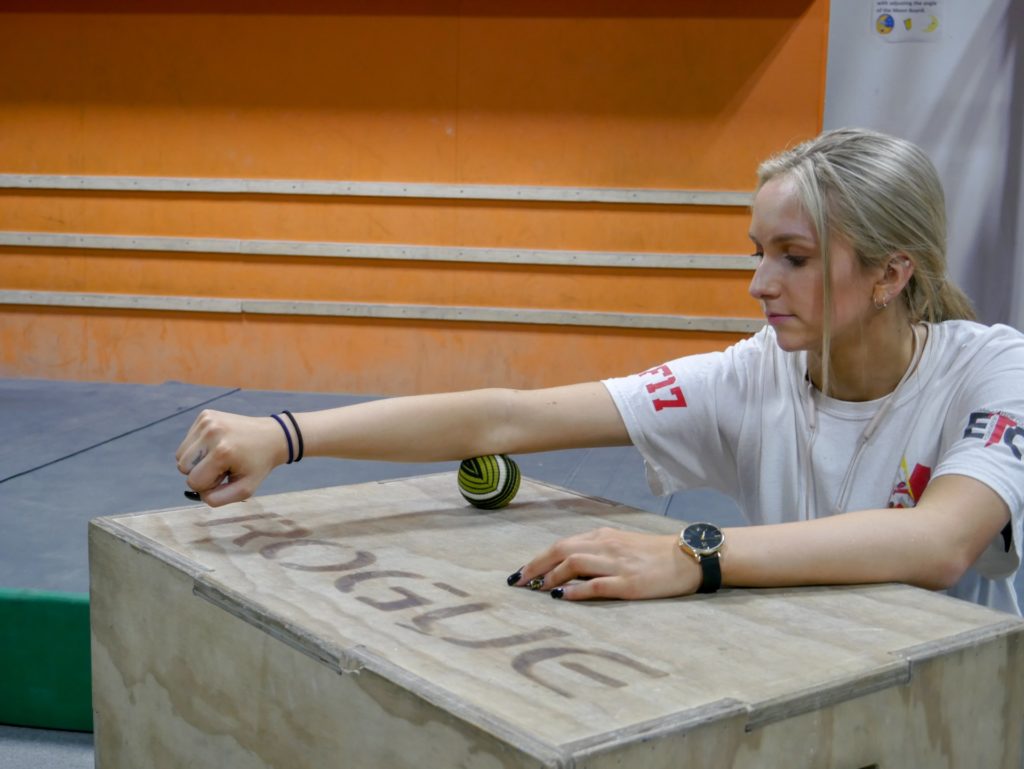
Increasing your joint’s range of motion prior to a movement is very beneficial. Mobility is a factor of both flexibility and strength. Being able to control a joint through a large range of motion is essential for injury prevention and athletic performance.
By utilizing foam rolling techniques between sets of resistance exercise, or before training, we can assist ourselves to perform exercises correctly through a full range of motion.
Let’s say you’re having a hard time getting into your deadlift setup. Your hamstrings feel tight, your lower back feels tight. In this scenario, you might have a hard time firing your glutes. By foam rolling the hamstrings, spinal erectors, and perhaps performing a light glute activation exercise, you can ensure you can properly get into your deadlift setup. This will maximize the results you get from your deadlift!
Foam rolling is a counterintuitive term
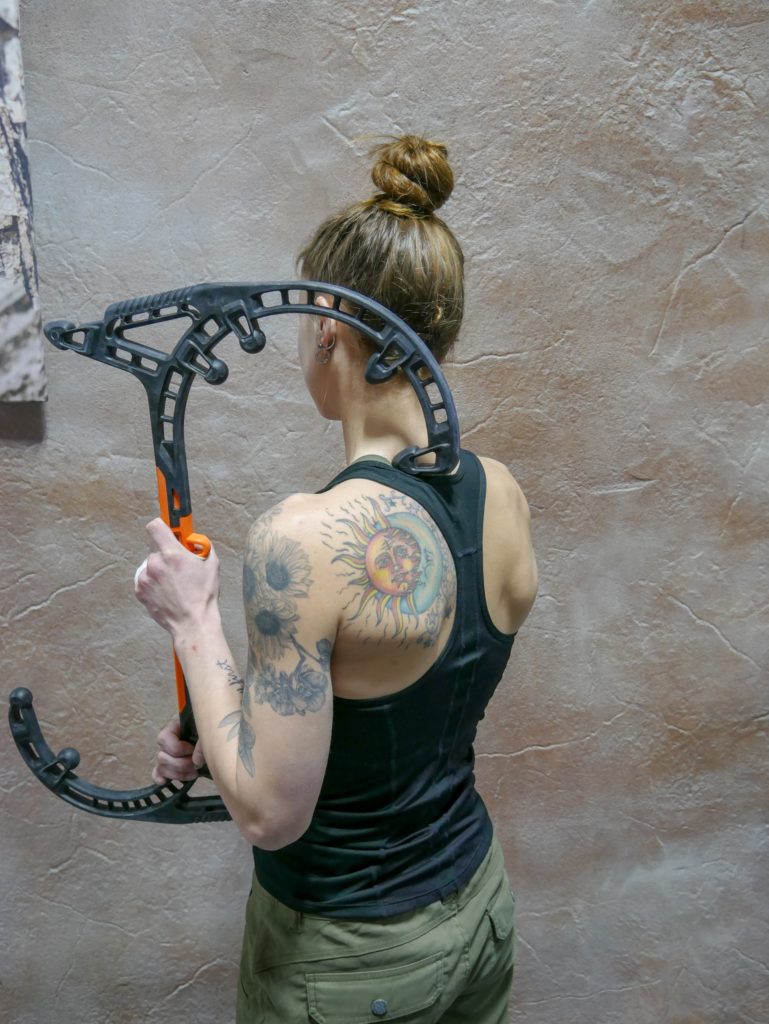
In order to properly benefit from a foam rolling technique, you have to ensure that you are actually achieving the intended result. There are various theories as to how foam rolling works, but the idea is to apply pressure to an area of muscle until it relaxes.
The body tends to protect itself during stress and discomfort. If you are bracing during your technique you aren’t giving your body time to relax and achieve the benefits of foam rolling. It’s important to remain still and work small areas of muscle in order to allow your body to relax.
The more you move around the more likely you are to brace yourself, so it’s a good idea to remain still and only work small areas at a time.
Foam rolling isn’t just foam rollers
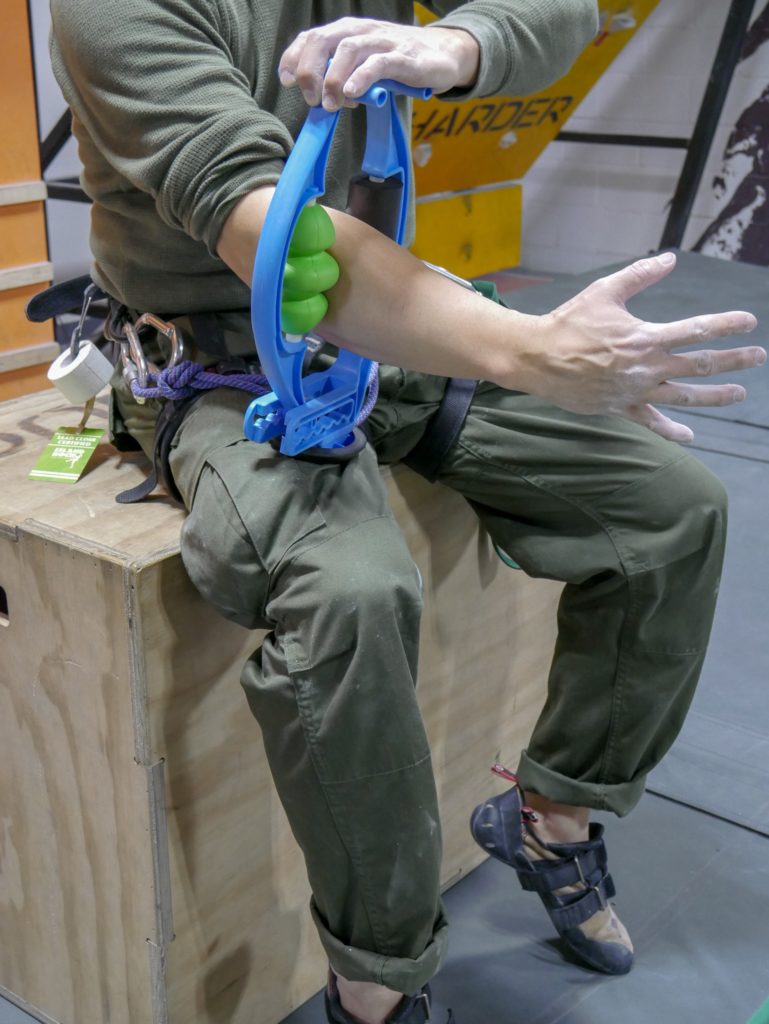
An important thing to understand is that foam rolling is basically just a term for self myofascial release, a muscle relaxation technique. This is a massage that can be performed with implements other than a roller.
Lacrosse balls, tennis balls, “peanuts”, sticks, and other tools are all common modalities for foam rolling.
You can use anything you want as long as you understand the intended result. Foam rolling is about applying pressure to a muscle and getting it to relax. Often, lifters will use features around a gym such as a barbell or dumbbell to massage themselves.
Long term benefits
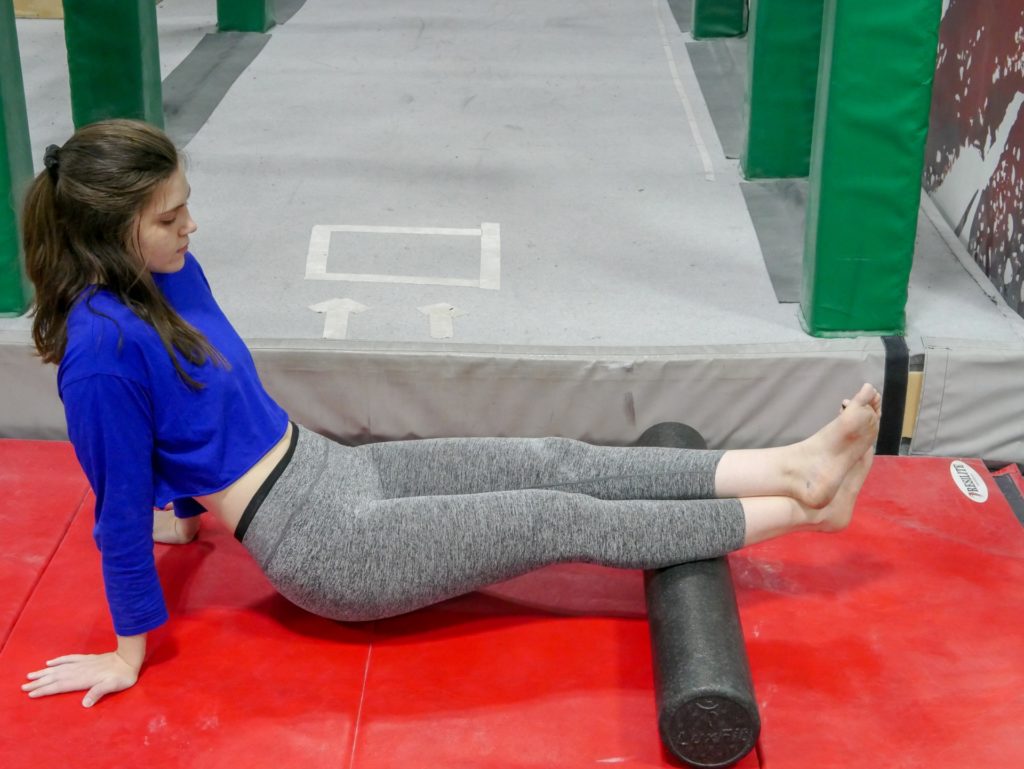
If foam rolling can temporarily increase joint ROM then we have a better chance at performing our exercises with proper form.
Performing exercises through a full range of motion without compensations will ensure we are targeting the proper muscle groups. This is essential for counteracting muscle imbalances and performing corrective exercises.
Performing exercises through a full ROM will maximize our muscle development, and decrease injury risk.
Minimizing DOMS has the psychological benefit of allowing us to exercise more consistently without being sore, ensuring we have an efficient workout!
The evidence
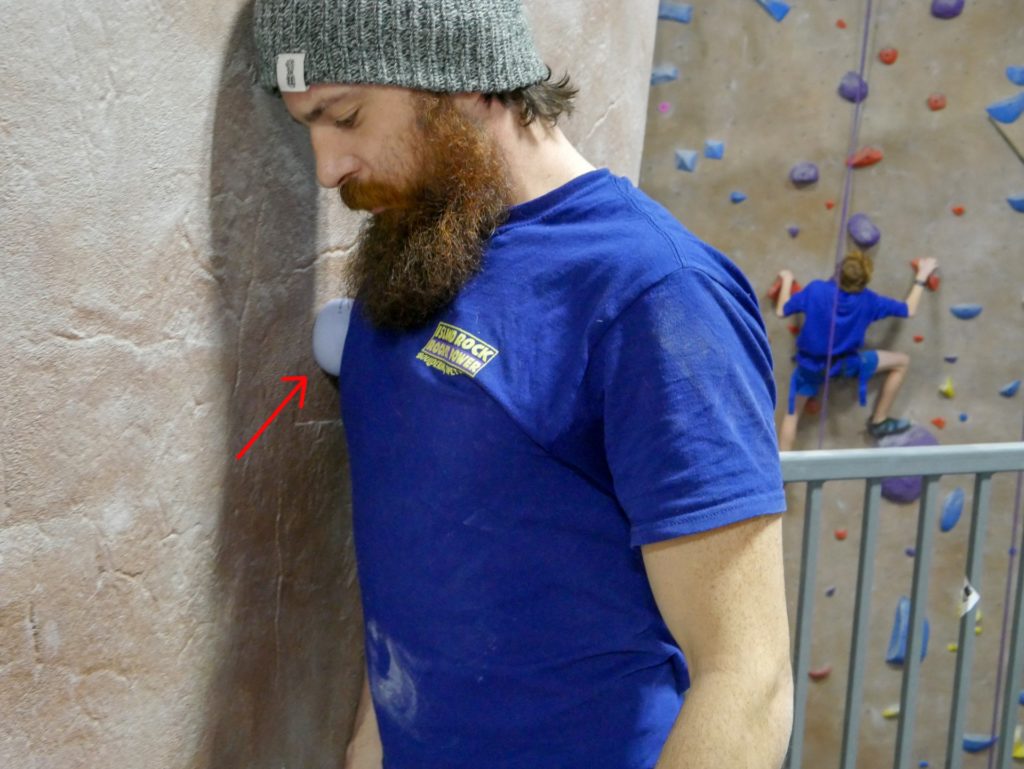
Below are a few studies that support these claims of foam rolling. Hopefully, in the future, more research will emerge showing more benefits, as well as solidifying the mechanism behind how foam rolling works!

